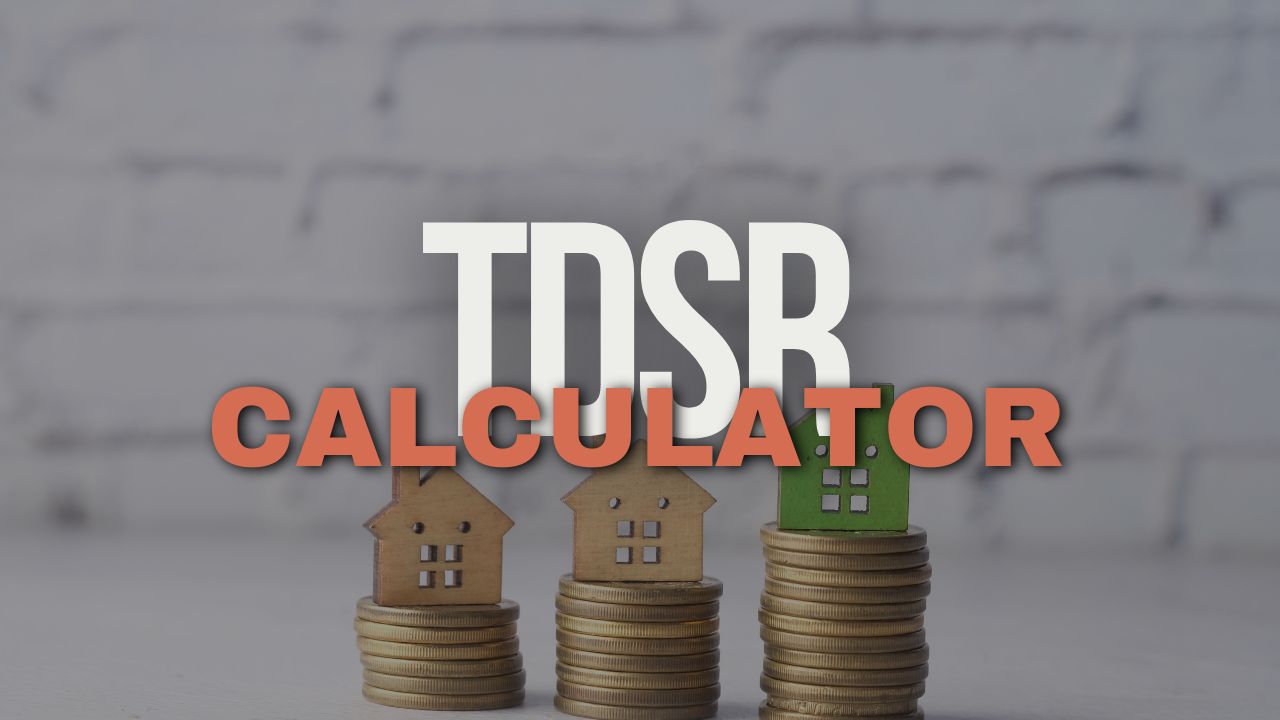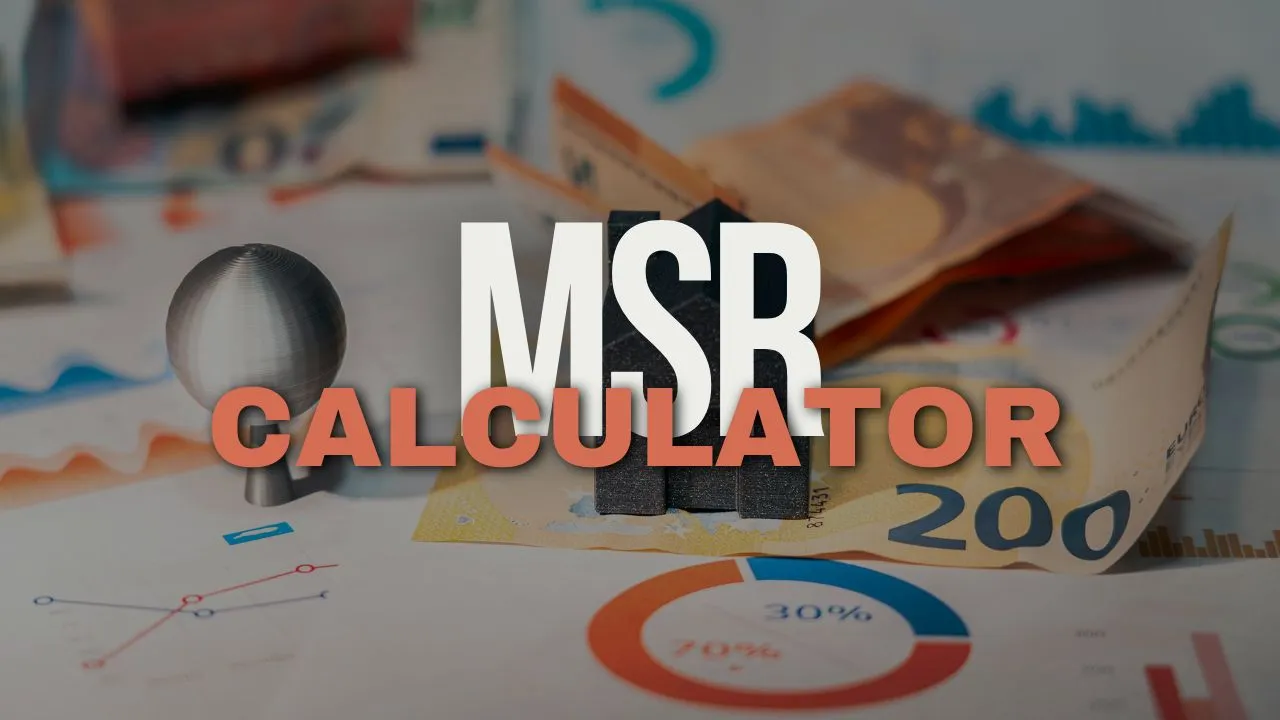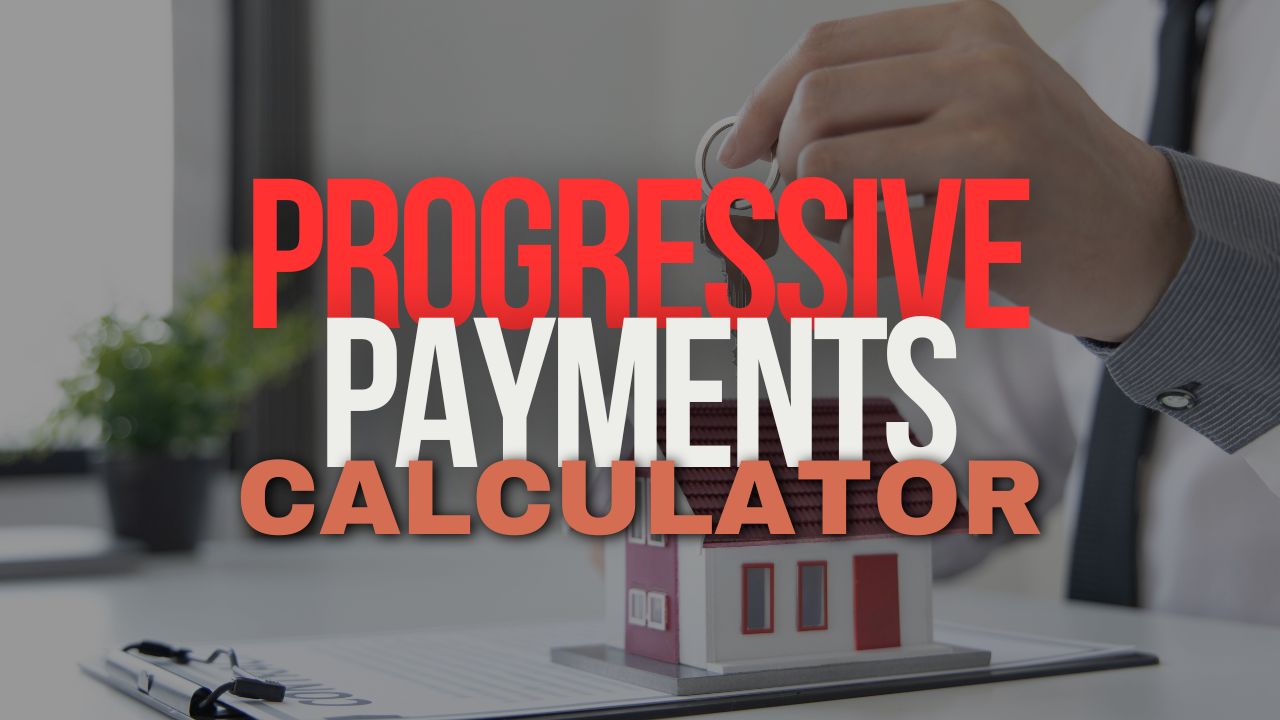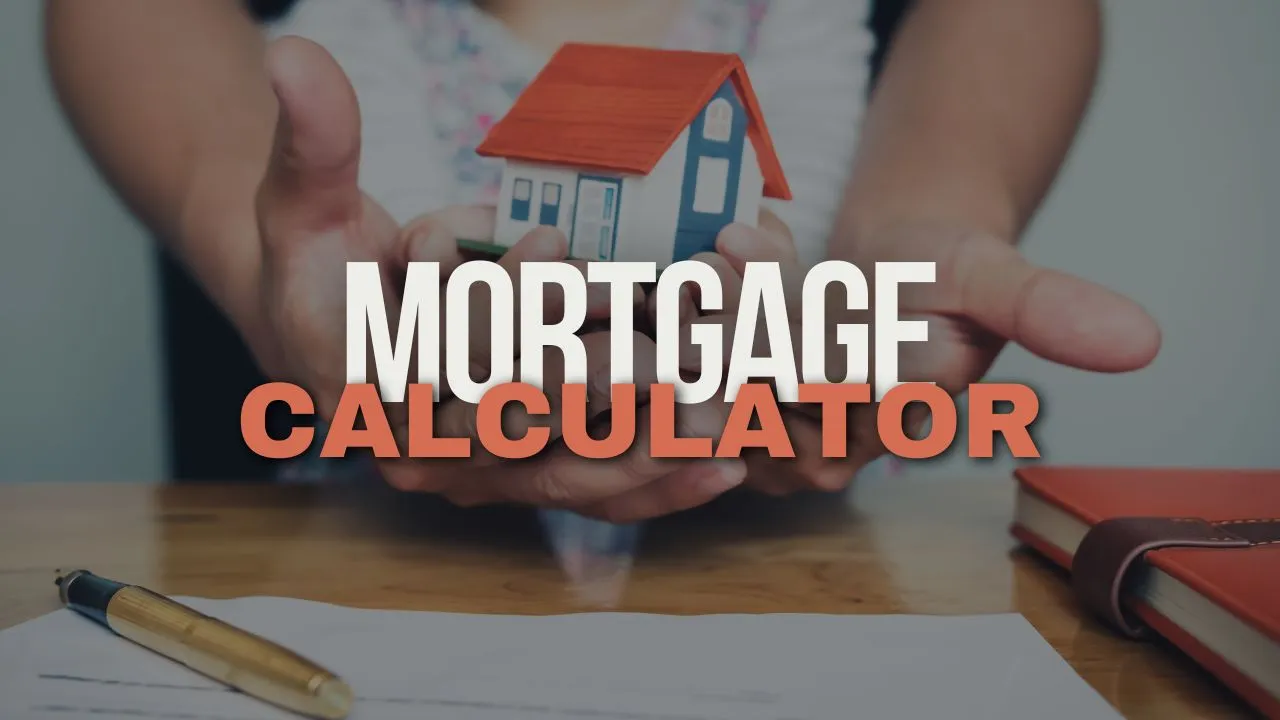TDSR Calculator
Curious about the highest loan amount you can get for your ideal home? Before selecting a home loan package, it’s important to figure out how much you can realistically afford. Use our TDSR Calculator to see the loan amount you’re eligible for when buying that HDB or private property.
TDSR Calculator
Total Debt Servicing Ratio (TDSR) Calculator
Note: This calculator provides an estimation based on the current TDSR framework. The actual loan amount you qualify for may vary based on the bank’s assessment and other factors. The TDSR threshold is currently set at 55% in Singapore.
Understanding the TDSR Calculator: A Key Tool for Smart Financial Decisions
Did you know that the Total Debt Servicing Ratio (TDSR) Calculator is a crucial tool for making smart financial decisions in Singapore’s competitive property market? By using this calculator, you can assess your property affordability, enabling you to better understand how your monthly income affects your loan options. It’s important to factor in elements like stamp duty and other influences on mortgage loan approvals to ensure that you’re making informed choices when buying property.

What is the TDSR Calculator and How Does It Work?
When it comes to buying property in Singapore, understanding your financial capacity is paramount. The Total Debt Servicing Ratio (TDSR) calculator is an essential tool that helps you assess how much of your monthly income can be allocated towards servicing your mortgage and other loans.
By using the TDSR calculator, you can make smarter financial decisions and avoid overextending yourself financially.
The Concept Behind TDSR
The TDSR is a policy implemented by the Monetary Authority of Singapore that limits the amount of a borrower’s income that can be used to repay debts.
Specifically, it states that your total monthly debt obligations should not exceed 55% of your gross monthly income. This means if you are considering buying a property, your mortgage payments, along with any other loans you may have, should fit neatly within this percentage.
The TDSR calculator enables you to input values such as your monthly income, existing debts, and estimated mortgage amount to determine what portion of your income can be logically designated for property financing.
User-Friendly Interface
Most TDSR calculators found online are designed to be user-friendly.
After inputting your gross monthly income, you can enter details regarding your current loans and liabilities, and the calculator will then deliver a clear picture of your financial standing.
This accessibility makes it simpler for potential homebuyers to get accurate estimates of their property affordability, giving you the confidence to proceed wisely with your investment.
Importance of Accurate Data Entry
To get the best results from the TDSR calculator, it’s crucial to ensure that the data you enter is accurate.
This includes details about your monthly income and any other financial commitments. Misleading figures can result in unrealistic expectations regarding what you can afford to borrow, which may lead to unfortunate financial consequences down the road.
Therefore, take the time to understand all your debts and ensure that your reported monthly income reflects your actual earnings.
How to Calculate Your Property Affordability with TDSR
Once you have a basic understanding of the TDSR calculator, the next step is to calculate precisely how much property you can afford.
Affordability is a critical aspect of the home-buying process, and estimating this can save you from potential financial strains in the future.
Assessing Your Monthly Income
The first step in calculating your property affordability is determining your gross monthly income.
This figure is the total income you earn before tax and other deductions. If you are self-employed or have multiple income streams, it is essential to calculate your monthly income accurately.
This figure will form the basis for your TDSR calculation. Remember that the TDSR is capped at 55%, so you’ll want to think critically about how much of your income you can realistically commit to a mortgage, while also considering other loans.
Estimating Your Existing Liabilities
Next, consider all existing debts that you currently owe.
This includes:
- Personal loans
- Car loans
- Credit card bills
- Any other financial commitments that you need to repay monthly.
Many buyers mistakenly underestimate their monthly liabilities, which can skew the results of your TDSR calculator.
Accurate figures are crucial because the calculator deducts these commitments from your gross income to calculate your TDSR.
Utilizing the TDSR Calculator for Property Affordability
To find out your property affordability, use the TDSR calculator by inputting your gross monthly income and current liabilities.
The TDSR will provide you with a maximum allowable mortgage amount based on your income and loans.
Take this information and evaluate the current property market rates to determine what types of properties are within your purchasing power.
This step is where simple calculations can become a decisive factor in your homebuying journey, enabling you to act confidently and judiciously in potentially making one of the most significant investments of your life.
By prioritizing these assessments through the TDSR calculator, you place yourself in a better position to understand your financial limits regarding property purchases.
Not only does this empower you in your buying journey, but it also provides you with invaluable insights into maintaining financial health in Singapore’s competitive property market.
If you’re looking to secure a mortgage, understanding these concepts will allow you to navigate the process smoothly, ensuring that you make informed and strategic financial decisions.

Understanding Monthly Income and Its Impact on Your TDSR
When it comes to property affordability and your ability to secure a mortgage, one of the most crucial factors is your monthly income. Understanding how this plays into the Total Debt Servicing Ratio (TDSR) will empower you to make informed financial decisions.
The Importance of Monthly Income in TDSR
Your monthly income directly affects your TDSR calculation. This ratio is designed to provide a comprehensive picture of your financial obligations against your income.
To compute your TDSR, lenders will consider all your outstanding debts—mortgages, personal loans, credit card debt—and compare that to your gross monthly income. The formula is relatively straightforward:
TDSR = (Total Monthly Debt Obligations / Gross Monthly Income) x 100
Using this formula, you can see why a higher income might be advantageous when trying to qualify for loans. In many cases, financial institutions set a cap on what your TDSR can be, often around 60% in Singapore.
Hence, the more you earn, the more debt you can potentially service without surpassing that threshold.
Calculating Your Gross Monthly Income
It’s important to clarify how gross monthly income is defined. This includes your salary before taxes, bonuses, and any additional income streams.
If you hold a profile that includes various income sources—such as part-time work, rental income, or even investments—ensure to factor all these streams into your gross monthly income for an accurate TDSR calculation.
The impact of your age can also be significant here. Younger individuals might have limited earnings compared to established professionals. However, if you’re just starting out in your career, consider your long-term earning potential.
A lower income currently might not represent your future capacity to manage mortgage repayments.
Income Variation Among Different Employment Types
Your employment type—whether you’re in a stable job sector like government service or a more volatile one like start-ups—also plays a role in how lenders assess your TDSR.
For executives, a stable, high income may provide the comfort needed for larger loans. Conversely, if you’re involved in international projects or freelance work, lenders might scrutinize your income sources more closely.
Inconsistent earnings can lead to a cautious approach from financial institutions, potentially limiting the size of the mortgage you can acquire.
The Role of Stamp Duty in Property Transactions in Singapore
While your monthly income influences your TDSR significantly, it’s essential not to overlook the impact of stamp duty on your property purchasing decision.
Stamp duty is essentially a tax levied on property transactions, and understanding it will allow you to plan your finances more effectively.
What is Stamp Duty?
In Singapore, stamp duty is calculated based on the purchase price or the market value of the property, whichever is higher.
As a prospective buyer, it’s vital to include this cost in your overall budget. This tax can vary considerably depending on whether you’re buying your first home or an additional property.
For first-time homebuyers, the stamp duty may be lower, but for investment properties or second homes, the rates can escalate.
You might find yourself in a unique situation if you’re considering a landed property, which generally commands higher stamp duty rates due to its more significant market value.
This additional cost should be factored into your TDSR calculations, as it affects the total monetary commitment you’ll undertake.
How Stamp Duty Affects Your Financial Planning
Understanding the implications of stamp duty can assist you in determining your overall budget for purchasing property.
Lenders will often require you to show proof of funds to cover this tax alongside your down payment. Incorporating this into your TDSR model not only provides a clearer picture of your financial responsibilities but also helps you avoid any last-minute surprises.
Additionally, when specifically calculating your affordability, remember that stamp duty will reduce the amount of liquid cash you have available for immediate expenses.
This liquidity can affect both your overall TDSR calculation and your ability to take on monthly repayments comfortably.
The Relationship Between Stamp Duty, TDSR, and Property Type
As mentioned, the type of property you are interested in significantly influences both stamp duty and TDSR.
If you are leaning toward executive condominiums or landed properties, it’s imperative to note that these often come with higher prices and thus higher stamp duty. This will necessitate a reassessment of your budget and consequently could affect your TDSR ratio.
If you have a well-paying job, you may find it easier to accommodate the initial financial burden of stamp duty when securing financing.
However, ensure you don’t stretch your budget too thin. The goal is to strike a balance between your monthly living expenses and your mortgage repayments.
It may be worthwhile to use personal loan calculators to see how each financial obligation impacts your overall financial health.
In summary, understanding the delicate interplay between your monthly income and compliance with stamp duty is crucial when calculating your TDSR.
By considering all these elements in your financial planning, you’ll be better positioned to make smart property investment decisions.
So take stock of your income, consider the types of properties you’re interested in, and factor in the costs associated with stamp duty to make the most informed choices in your property journey.

The Role of Stamp Duty in Property Transactions in Singapore
When you’re navigating the property market in Singapore, understanding stamp duty is critical. This tax is a key component of your overall property costs, and knowing how it works will help you make more informed financial decisions.
What is Stamp Duty?
Stamp duty is a tax imposed on legal documents related to the purchase of property. In Singapore, this means that whenever you buy residential property, you’ll need to pay a certain percentage of the purchase price as stamp duty.
As a buyer, this means you should factor this into your overall budget when determining the affordability of your new home.
How is Stamp Duty Calculated?
For residential properties in Singapore, the stamp duty rates vary based on whether you’re a first-time buyer or a subsequent buyer, and the type of property being purchased.
The calculation typically involves assessing the purchase price or the market value of the property, whichever is higher. By looking at your budget and potential properties, you can estimate your stamp duty and see how it fits into your TDSR calculation.
If you’re a first-time buyer, you might qualify for various exemptions or reduced rates. Understanding these benefits could significantly influence your decision-making process. Therefore, always consult the latest regulations or a real estate professional.
Budgeting for Stamp Duty
In addition to the purchase price, remember that stamp duty is just one of the costs associated with buying property.
Alongside your mortgage payments and TDSR calculations, you’ll need to take into account:
- Legal fees
- Maintenance costs
- Property taxes
Always ensure that your monthly income can comfortably support these ongoing expenses while maintaining a healthy TDSR.
Factors Influencing Mortgage Loan Approvals and TDSR
As you delve deeper into property financing, understanding the factors that influence mortgage loan approvals is paramount.
Your TDSR plays a massive role in the approval process, but there are several other elements to consider.
Your Credit Score
Your credit score is a vital indicator of your creditworthiness and directly impacts whether your mortgage application will be approved.
Lenders rely on your credit score to gauge the risk of lending you money. A higher credit score can lead to better loan terms, lower interest rates, and a smoother approval process.
Before applying for a mortgage, you should review your credit report for any discrepancies. Addressing these issues can enhance your score and improve your standing with potential lenders, ultimately influencing your TDSR calculations in a favourable direction.
Loan-to-Value Ratio (LTV)
The loan-to-value ratio refers to the ratio between the mortgage amount you want and the appraised value of the property you’re purchasing.
Lenders often look for a low LTV as a sign of a responsible borrower. A higher LTV can negatively affect your mortgage approval and may result in a higher interest rate, which could skew your TDSR.
Adjusting your deposit amount could help attain a more favorable LTV. This could positively impact your TDSR and financial health. By saving up for a larger down payment, you not only improve your approval chances but also reduce your overall borrowing costs.
Your Financial Profile
Your overall financial health—including your monthly income, existing debt obligations, and assets—plays a significant role in mortgage approval.
Lenders will scrutinize your financial profile to determine whether it’s robust enough to manage additional debt. This means that maintaining your TDSR below the stipulated thresholds is essential for securing that loan.
When you calculate your TDSR, consider not only your current income but also any potential future income sources. This forward-thinking approach can position you favorably during the mortgage approval process, allowing you to take on a property that aligns with your life goals without stretching your finances too thin.
In conclusion, understanding stamp duty and the multifaceted criteria for mortgage loan approval is vital for making sound financial decisions in property transactions.
From ensuring that your monthly income aligns comfortably with your expenses, including stamp duty, to monitoring factors like credit score and LTV, incorporating all these elements fluidly into your TDSR analysis empowers you to navigate Singapore’s competitive property landscape with confidence.
Disclaimer: This information is provided for informational purposes only. PropsBit.com.sg does not endorse or guarantee its relevance or accuracy concerning your situation. While careful efforts have been taken to ensure the content’s correctness and reliability at the time of publication, it should not replace personalised advice from a qualified professional. We highly recommend against relying solely on this information for financial, investment, property, or legal decisions, and we accept no responsibility for choices made based on this content.








